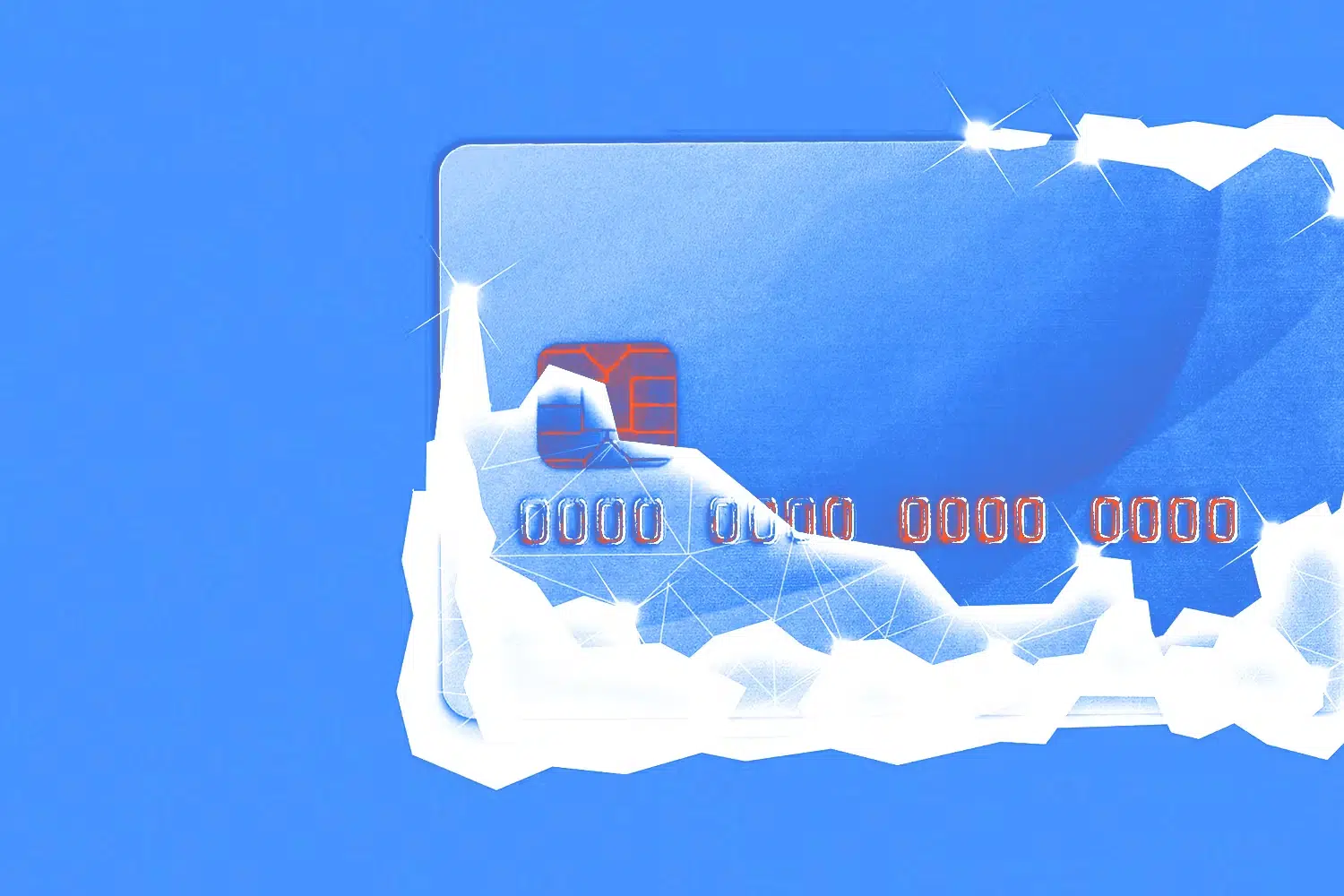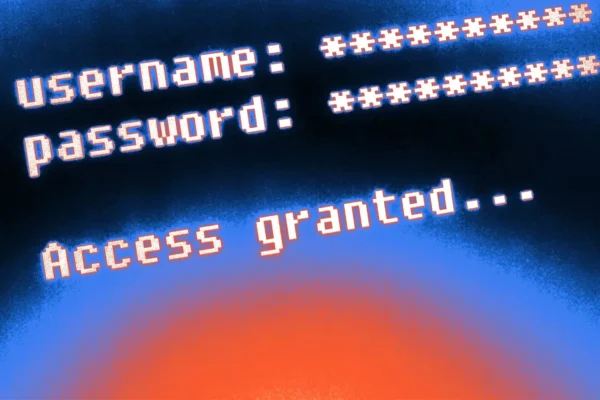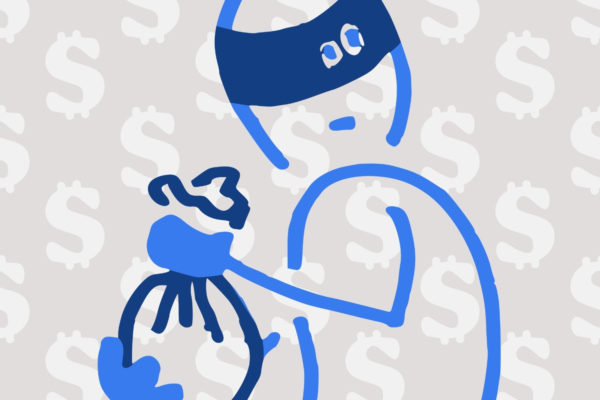
Protect Your Financial Identity: Credit Freezes and Monitoring

Identity theft occurs when someone steals your personal information, such as your social security number, in order to take money out of your personal financial accounts, access your credit to open credit cards in your name, file tax returns, or make health insurance claims. In 2021, the Federal Trade Commission reported over 1.43 million identity theft complaints, a 3.3 percent increase over 2020. In other words, identity theft is becoming more and more common.
While the frequency of identity theft may be alarming, there are steps you can take to protect yourself. The most common way to protect your identity is to implement a credit freeze and monitor your credit activity closely. Here, we’ll explain how identity theft occurs and what you can do to recognize it early, what exactly it means to freeze and monitor your credit, how to do so, and how to unlock your credit freeze if you need to apply for credit.
How Identity Theft Occurs
Identity theft can occur in a variety of ways, but there are a few common methods by which bad actors gain access to your personal information:
1. Data Breaches
Data breaches are among the most common ways that criminals can gain access to your personal information. According to the Identity Theft Resource Center, the instances of compromised data in 2021 rose 23 percent over the all-time high. These breaches occur when your information is released intentionally or unintentionally, either through a cyber-attack or through the incorrect disposal of sensitive documents.
2. Phishing Attacks
Scammers often use phishing scams to try to trick you into giving them your information. Such attempts include emails or text messages that claim a reputable organization has noticed suspicious activity or log-in attempts on your account, or messages that say there are problems with your account information. In these attacks, scammers will try to convince you to provide sensitive information like credit card numbers, account numbers, and even log-in credentials for financial accounts.
3. Skimming
Whenever you swipe your debit or credit card in a public space, there is the possibility that a scammer may try to “skim” your personal information. This happens when criminals tamper with electronic card readers—often at gas station pumps—so that it captures the card data. Once your credit or debit card information is stolen, the scammer can then proceed to use your card as if it were their own.
How to Recognize Identity Theft
It’s important to understand the different methods scammers may use to try to steal your identity as a first line of defense, but how do you know if you’ve actually been a victim of identity theft?
One of the most effective ways is to monitor your credit yourself by accessing your credit reports on a regular basis. You have a right to a free credit report every year from each of the three nationwide credit reporting agencies—Experian, Transunion, and Equifax.
In addition to monitoring your own credit report, there are also several signs to be aware of that should tip you off that your identity may have been stolen:
- Charges on your debit card or credit card that you didn’t make
- Errors or loans on your credit report that are not yours
- Alerts that someone is trying to login to your online accounts
- Denied credit even though you should be in good standing
- Your usual mail like bank statements and bills stop arriving
- Mail for accounts that don’t belong to you begins to arrive
- Calls or letters from debt collectors for debts you don’t have
- Medical bill or explanation of benefits for medical care that you didn’t receive
- Notice that you filed more than one tax return in a single year
What is a Credit Freeze
A credit freeze is one of the most effective ways to prevent bad actors from causing damage to your financial health. A credit freeze prevents anyone from using your credit file—whether it’s a scammer or just yourself. Without access to your credit file, creditors typically won’t offer new lines of credit, stopping the scammer in their tracks.
And freezes are relatively easy to manage—if you do need to apply for a loan or a card, you can lift the freeze temporarily for a few days while your applications processes. Lenders are very familiar with credit freezes, and they can tell you exactly how long to lift it for.
How to Freeze Your Credit
Under federal law, consumers are allowed to freeze and unfreeze their credit at any time for free. This has to be done with every credit bureau: Experian, Transunion, and Equifax; they all have their own freeze system.
To begin the process, you would need to contact all three agencies and request a security freeze, or credit freeze, on your personal line of credit. All three agencies have a process online, but you can also call in to activate.
You will need to verify your identity when requesting the freeze, and they may request any of the following documents or information: your Social Security Number (or ITIN), a driver’s license or state ID, and proof of residence.
Once you have the required information on hand, you can contact each credit reporting agency via the websites or phone numbers below:
- Equifax: Security Freeze, (800) 685-1111
- Experian: Security Freeze, (888) 397-3742
- TransUnion: Credit Help, (888) 909-8872
After you have placed your request, the credit reporting companies must place the security freeze within one business day if made by telephone or secure electronic means. They must also send you written confirmation once the freeze is placed and inform you of how the freeze can be removed or when it will be automatically put back in place (if you opt for that method).
How to Unlock a Credit Freeze
Just as freezing your credit is free, the nationwide credit reporting agencies must also lift the freeze free of charge. To do so, contact the appropriate credit bureau via their website or by calling toll-free. The credit agencies are required to unlock your credit within one hour if you decide to call or request it via their website, and within three days if you submit the request by mail. Once the freeze is lifted, you can again open credit accounts in your name.
You may have the option to set a schedule so your freeze is put back into place by a certain date. It’s smart to check back in after that date to make sure the freeze was put back.
Options for Additional Protection
If you’d like additional security on your credit accounts above and beyond the protection provided by a credit freeze, many of the credit bureaus offer credit monitoring services for a small monthly fee. These services will continuously monitor your credit and send you alerts on your credit reports, as well as fraud alerts when suspicious activity occurs on any of your accounts.
If you’ve been the victim of identity theft before, these credit monitoring services can give you a little piece of mind. If you’ve been part of a data breach, the organization that experienced the breach might offer to pay for these services for you.
Stay Vigilant to Protect Your Financial Identity
While a credit freeze is one of the most effective ways to protect your credit, there are other ways someone can steal your identity. Educate yourself on how scammers commonly steal information, stay on top of your credit report, and regularly check your checking and credit card accounts for strange activity. By monitoring regularly, you can act quickly to minimize the consequences if your identity is stolen.
Become an Amplify Member
Every Amplify account holder enjoys fee-free banking. That means no overdraft, maintenance, or other banking fees cutting into your pocket.


